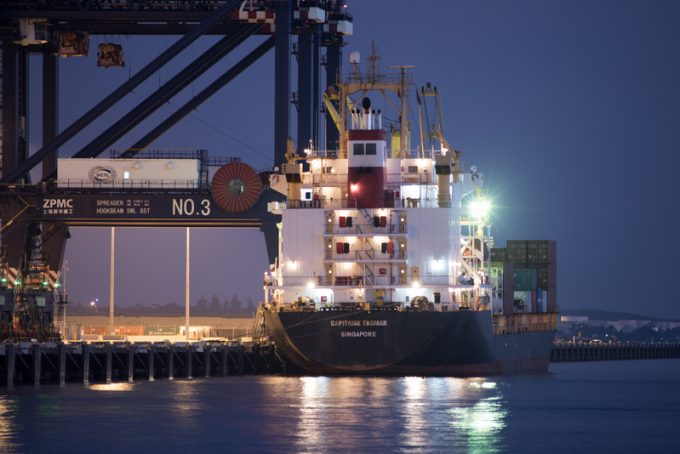Spot rates on transpacific surge after news of tariff time-out
Container freight spot rates shot up on the transpacific trades this week, with an immediate ...

Australasia’s container supply chains have had a difficult first half, with trade war contagion signalling a fresh downturn on the horizon.
“The container shipping market within Australia and New Zealand has had a mixed year thus far, as we come into the peak import period,” noted Greg Paradine, Oceania product manager at Maersk.
He said the carrier had seen a number of macroeconomic and environmental forces impact the market, resulting in both opportunities and challenges ahead.
“For example, while dairy exports and project-related ...
European port congestion now at five-to-six days, and getting worse
Keep our news independent, by supporting The Loadstar
'Cargo collision' expected as transpacific capacity tightens and rates rise
Houthis declare blockade of port of Haifa – 'vessels calling will be targets'
Another CMA CGM vessel heading for Suez Canal – 'to mitigate schedule delay'
Ocean rates rise after tariff pause acts as 'starting gun' for more front-loading
News in Brief Podcast | Week 20 | 90-day countdown, India and Pakistan
Navigating supply chain trends in 2025: efficiency, visibility, and adaptability
Demand for transpac airfreight capacity returning – but 'it's not ecommerce-driven'
CMA CGM will carry on investing after 'solid' Q1, despite unclear outlook
Air cargo forwarders stick to spot rates – a long-term contract would be 'foolish'
Yang Ming chief announces rethink on ordering 'megamax' box ships

Comment on this article